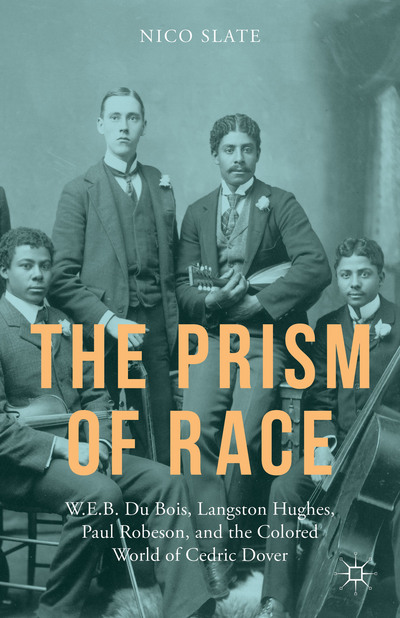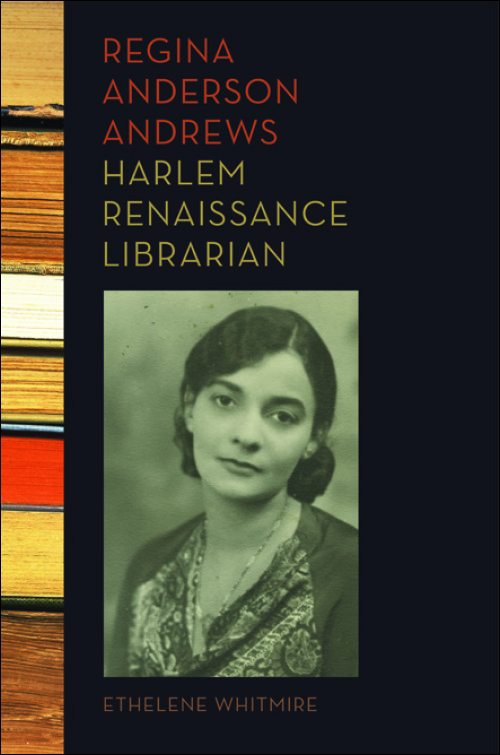Skin Bleach And Civilization: The Racial Formation of Blackness in 1920s Harlem
The Journal of Pan African Studies
Voume 4, Number 4 (June 2011)
pages 47-80
Jacob S. Dorman, Assistant Professor of African American History and American Studies
University of Kansas
Unlike previous scholarship on skin-bleaching advertisements conducted by scholars such as Lawrence Levine and Kathy Peiss, this paper finds those advertisements reflected a definite and widespread preference for light skin among African Americans in 1920’s Harlem. Newspaper records and historical archives demonstrate that tangible if permeable boundaries existed between “black,” “brown,” “light brown,” and “yellow” “Negroes” in 1920’s Harlem. Skin bleaching was far more than merely cosmetic: it was a profoundly micro-political form of self-masking and identity shifting mediated by the new mass market. The advertisements not only appealed to the desire to be beautiful but also to the desire to find a mate, get a better job, and associate oneself with the future, modernity, and progress. Skin bleaching was one practice in a universe of speech and speech-acts that constituted an African American version of the discourse of civilization. At one extreme, skin-bleaching represented part of a “Great White Hope” that lightskinned “New Negroes” might actually be able to escape their “Negro” past and become a new near-white “intermediate” race, as anthropologist Melville Herskovits pronounced them in 1927. Uncritical reconstructions of a unitary “black” subject position in 1920’s Harlem obscures the deep divides and antagonisms based on class and color that striated Harlem society. Recognizing these truths suggests that multiple “Negro” racial identities were constructed through quotidian actions both pedestrian and potent.
Introduction: Neither Simple Nor Sanguine
“To absorb a handful of Negroes in America and leave the unbleached millions of Africa in their savage blackness would be to deepen the gulf of racial cleavage as a world problem.” These were the words of Kelly Miller, Dean of Howard University, in a 1926 newspaper column entitled: “Is the American Negro to Remain Black or Become Bleached?” No outraged letters to the editor followed, nor were Miller’s views out of step with public opinion in the early decades of the twentieth century. Miller’s comment illustrates that the practice of skin bleaching was part of a much larger discourse of civilization, a discourse that incorporated the uplift of Africa’s “unbleached millions” and that allowed one of the most prominent African American commentators of the day to seemingly offensively entwine the words “unbleached,” “Africa,” “savage,” and “blackness.” “Bleaching” was a potent double entendre, referring either to lightening the skin through bleach or through racial “amalgamation.” In all senses, bleaching was complicated and far more than merely cosmetic.
Skin bleaching can’t be understood in simple or sanguine terms, and it repels efforts to pigeonhole it as either callow self-hatred or bold racial resistance. Rather, the argument of this article is that bleaching was part of seemingly contradictory ideas of progress, racial advancement, and civilization. African American skin bleaching practices in the 1920s constituted a profoundly micro-political form of self-masking and identity shifting mediated by both ideology and consumerism. The mask of face bleach exposes some of the other masks that Black folk assumed and fought over in that turbulent decade, as they struggled among themselves to define the boundaries and definitions of “the race.” Skin bleaching was thus a part of an embodied and everyday Black mass discourse of civilization that illuminates disagreements between titans such as W. E. B. Du Bois and Marcus Garvey as well as the alchemy of racial transformations performed as everyday, private ablutions. If the formation of African American identity and the racial formation of Blackness proceeded not as a seamless natural evolution but through a series of incremental, politicized discourses, then skin bleaching helps to stain and delineate one chapter in the racial formation of African Americans…
…Racial Alchemy
Even, perhaps especially, the forward-thinking elites, the so-called “Talented Tenth,” were infected with this racial prejudice against blackness. Edgar M. Grey argued that “the abiding mental leftovers from slavery are still with us and we have not as yet grown out of the habit of estimating our values in terms of whiteness.” Some believed that bleaching could even affect a kind of racial alchemy, progressively lightening either a subset or the entirety of the race. This could happen in at least one of three ways. Without a doubt, skin bleaches aided tens of thousands of fair-skinned African Americans to pass as white. Because men were said to have an easier time passing as white than women, the light-skinned women who remained in the Black community would marry darker skinned men, gradually lightening the entire “Negro” population. Skin bleaches could also help an individual attract a fairer-skinned partner, thereby lightening or “raising” the color of one’s progeny. Kelly Miller predicted that the erasure of intra-racial color lines would precede an inevitable erasure of inter-racial color lines. “The rise and spread of the mixed element has…merely overlapped a like number of blacks. The lighter color gains upon the darker, like the illuminant upon the darkened surface of the waxing moon, without increasing the total surface of the lunar orb.” A third, and more surprising prediction was that skin bleaches might help a subset of “colored people” distinguish themselves as a nonblack race.
The idea that colored Americans were turning into a new, non-black race had some currency in the 1920’s, especially among the so-called “New Negroes.” In another of his studies from that decade, presented of all places at the 1927 Pan-African Congress, anthropologist Melville Herskovits stated that physical measurements of the “New Negro” demonstrated that they formed an intermediate race between Africans and white men. Furthermore, he predicted that the Negro would eventually be absorbed into the white population. The work was discussed approvingly on the women’s page of The New York Amsterdam News, the kind of forum usually devoted to recipes, beauty tips, and lengthy lists of hostesses and hosts of society gatherings. In a column titled “The Feminist Viewpoint,” the progressive, forward-thinking author wrote, “Isn’t it good to know that we who are called the American Negro are a new race? This mixture of three great primary races—white [sic], Negro and Mongoloid (Indian)—makes us neither white [sic], Negro nor Indian, but a whole new race.” Kelly Miller concurred, arguing that the numbers of “unadulterated negro types” and “the other extremes which cannot be easily detected from white” were diminishing, while the “average of the race is approaching a medium of yellowish brown rather than black.” In another version of the same essay, Miller wrote, “A new sub-race is forming under our very eyes.” Miller, like others, expected “pure blooded Negroes” to disappear outside the rural South. “The near whites will have crossed the line or bred backward on the color scale. A new Negroid race will have arisen.” Edward R. Embree’s 1931 Brown Americans: The Story of a New Race repeated the theme that “Negroes” constituted a new race. The author began his volume with the bold statement: “A new race is growing up in America. Its skin is brown. In its veins is the blood of the three principal branches of man—black, white, yellow-brown. …The group is new in its biological make-up; in its culture it is almost entirely cut off from the ancient African home.” For many the New Negro constituted a new Negro race, and light skin was the physical marker of this new racial destiny…
Read the entire article here.





